9 items that can easily get damaged in storage
Take care if you’re storing any of these items
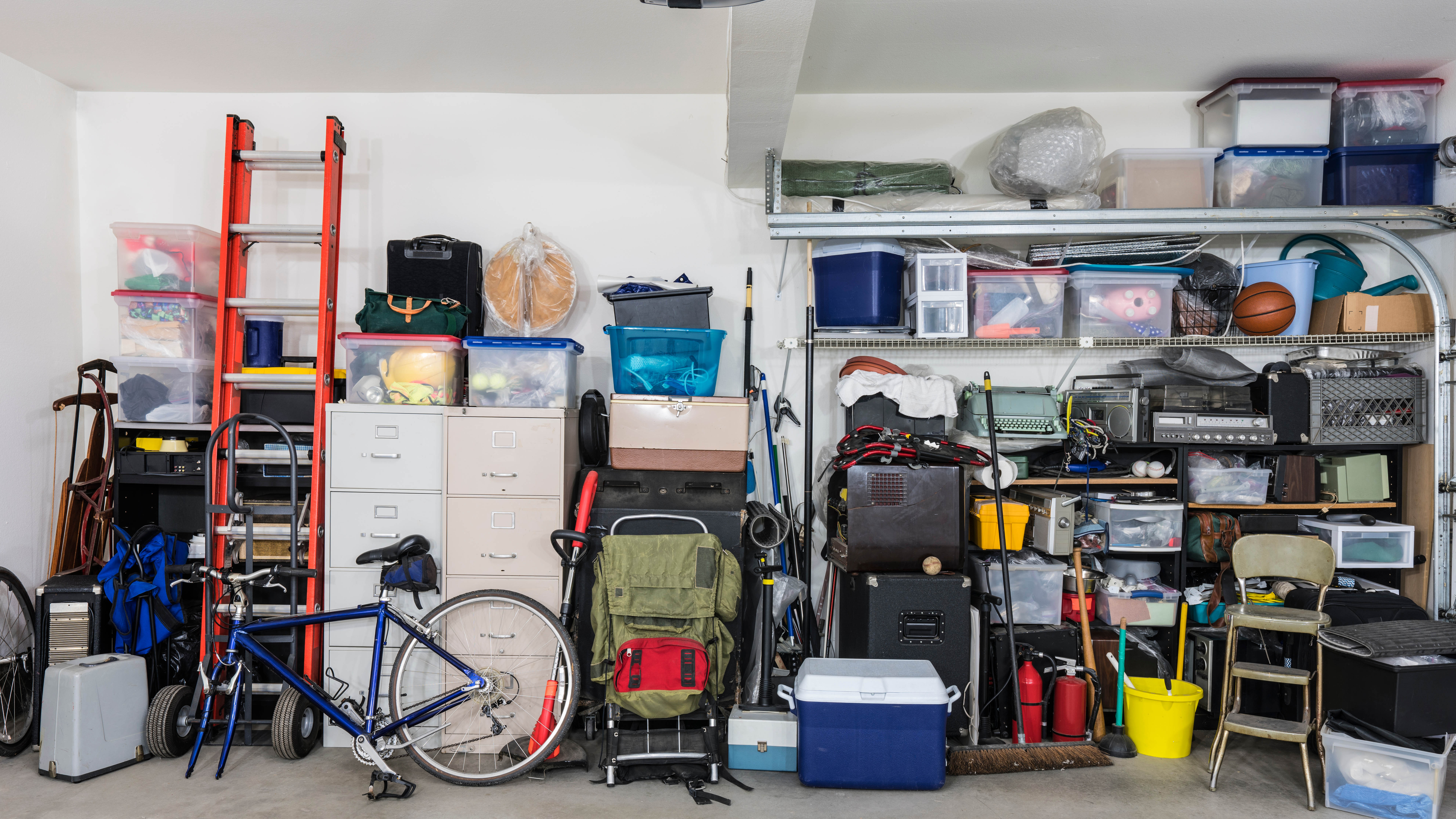
There’s nothing worse than accidentally breaking something you cherish. Either while moving home or just through day-to-day life, the objects we’re attached to might not be as durable as we’d hoped. These fragile objects made of glass, plaster, ceramic, or a number of other materials need an extra bit of care to make sure they make it through the day.
Often when we are putting our things away the small stuff can escape our minds, leading to ripped or shattered pieces tied to memories. That’s why when packing stuff away in storage, it is extra important to keep tabs on all your breakables to make sure that everything makes it through in one piece.
So before you put things away, here are our 9 items most likely getting damaged in storage.
1. Glassware
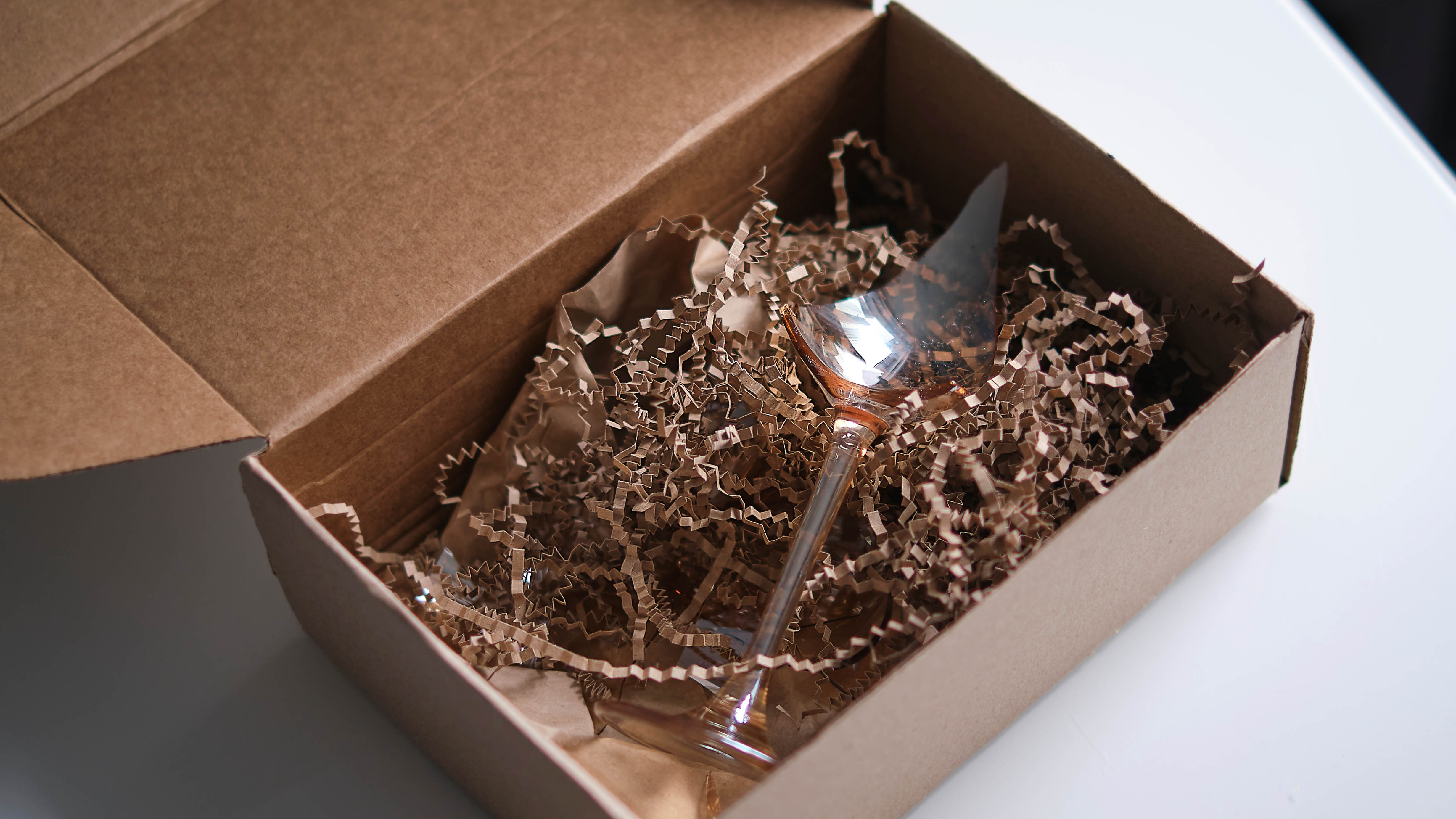
It’s worth checking on those wine glasses you’ve been keeping in a box for the past few years in the back of your storage lockers. Glass is one of the most easily breakable pieces we keep in our homes, only needing a slight knock to shatter into thousands of tiny, prickly fragments. Since you won’t be able to keep an eye on these sensitive pieces while they are locked away, it's best to check on them whenever possible.
Tempered glassware is much more durable and can handle a bit of knocking around. But chances are your wine glasses or tumblers won’t have that same level of durability. So when planning items for storage, it's best to make sure you put some padding inside the box and around the glasses themselves. Paper or regular newspaper is fine if there won’t be much knocking around, but bubble tape is a much safer option.
2. Handbags
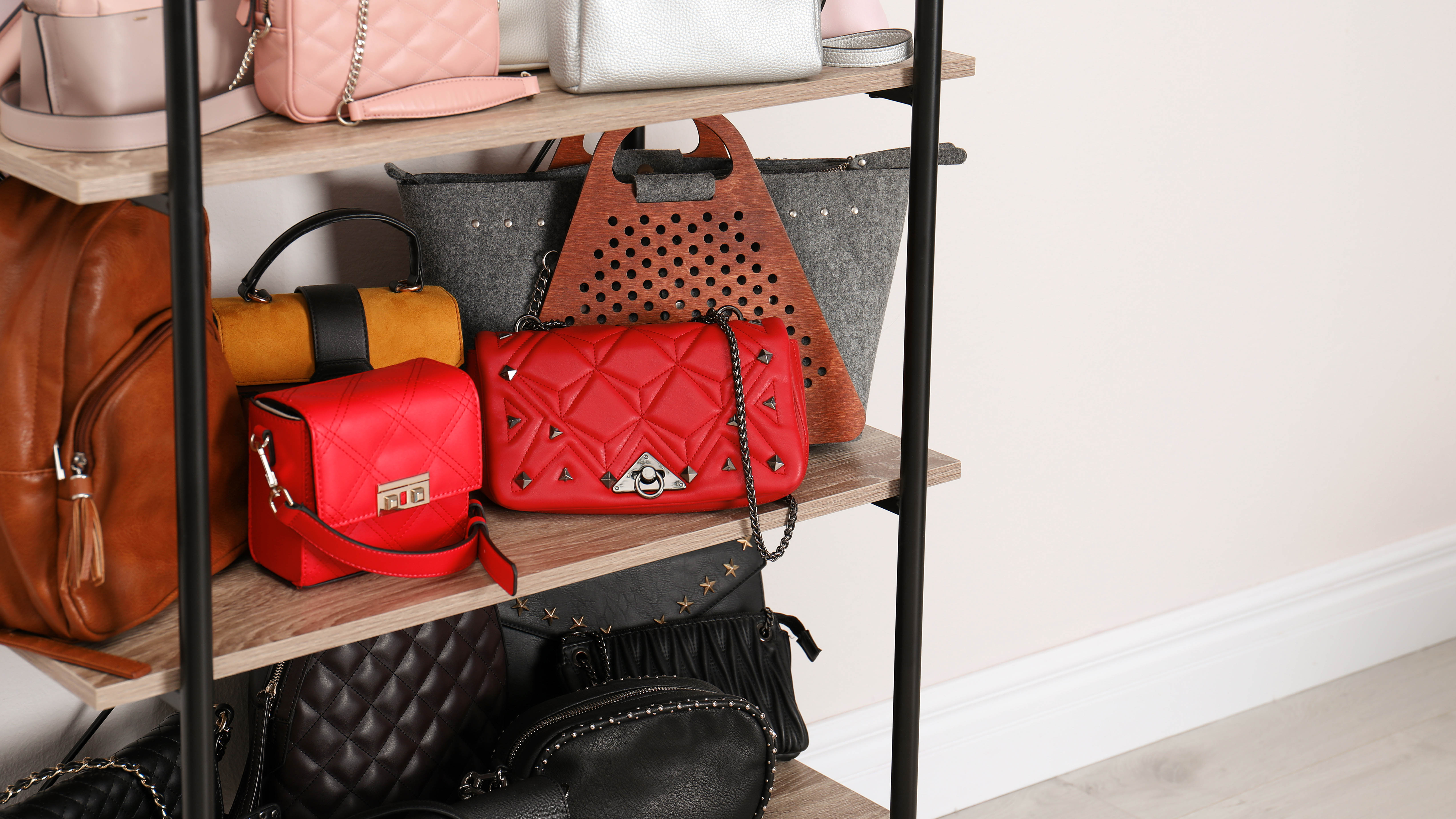
Leaving a handbag in a dark, crowded storage locker without protection could lead to water damage or bugs feasting on the leather. Failing that, they could just get squashed after being buried. To protect your precious cargo, we recommend placing them in dust bags and adding a description on a tag to make sure you know what’s kept inside.
For a large amount of bags, get a plastic storage bin or container to keep out any pests, though most won’t protect them from water damage. That will also protect them from bugs that are waiting for the chance to munch on your Prada purse.
Sign up to get the BEST of Tom's Guide direct to your inbox.
Get instant access to breaking news, the hottest reviews, great deals and helpful tips.
3. Non-Stick Pans
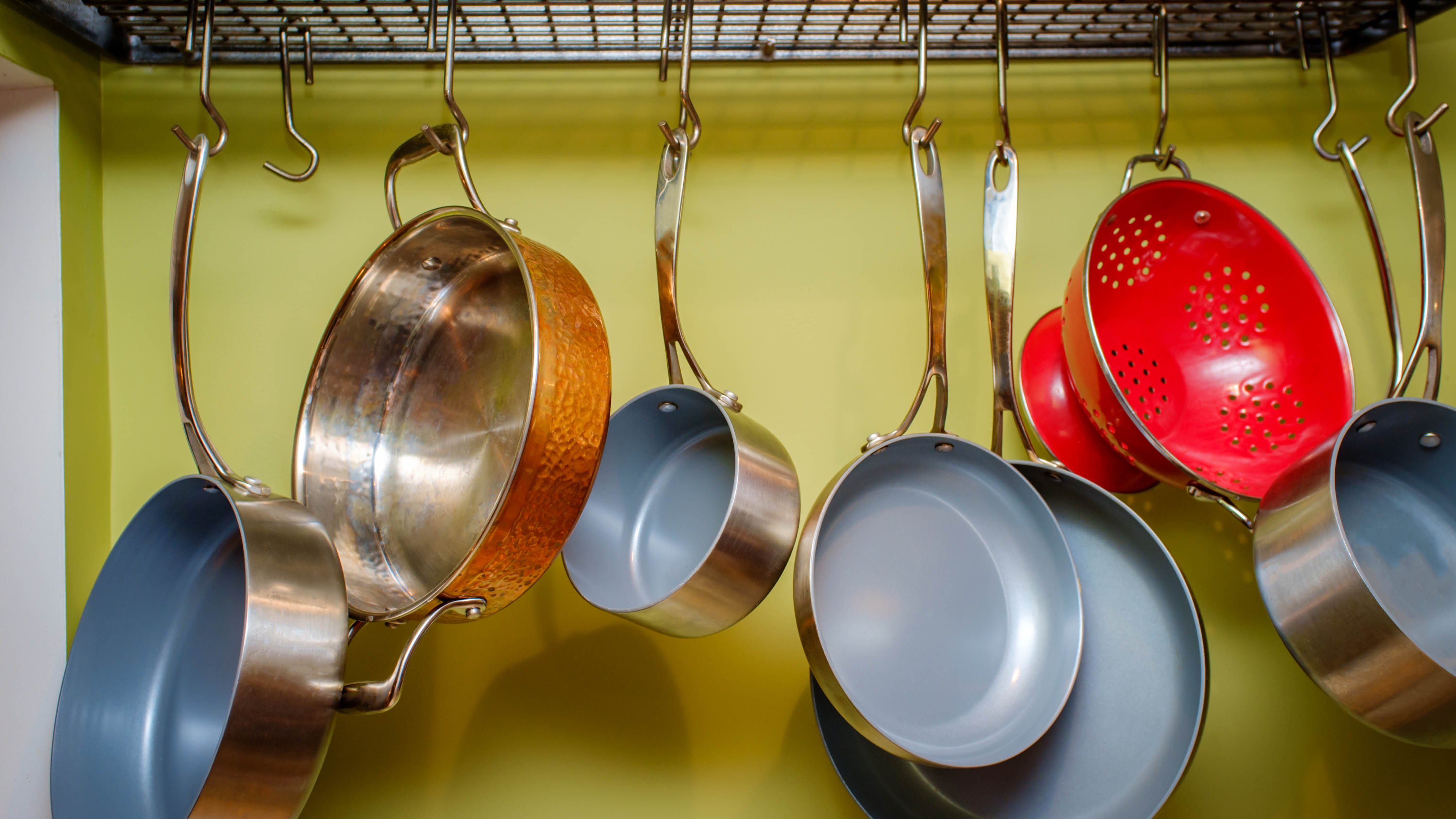
Pans with a non-stick coating can get pretty banged up from travel. It's important to check on them once they are in storage to make sure the coating isn’t starting to degrade or break apart. Before putting them away, make sure they are dry and clean to avoid any cracking or bugs looking for a delicious snack.
Make sure not to store silverware or other scratchy objects on the pan to avoid scratching and scuffing. Hanging them up is also a good idea if you have the space.
Also, check out how to clean stainless steel without damaging it.
4. Ceramics
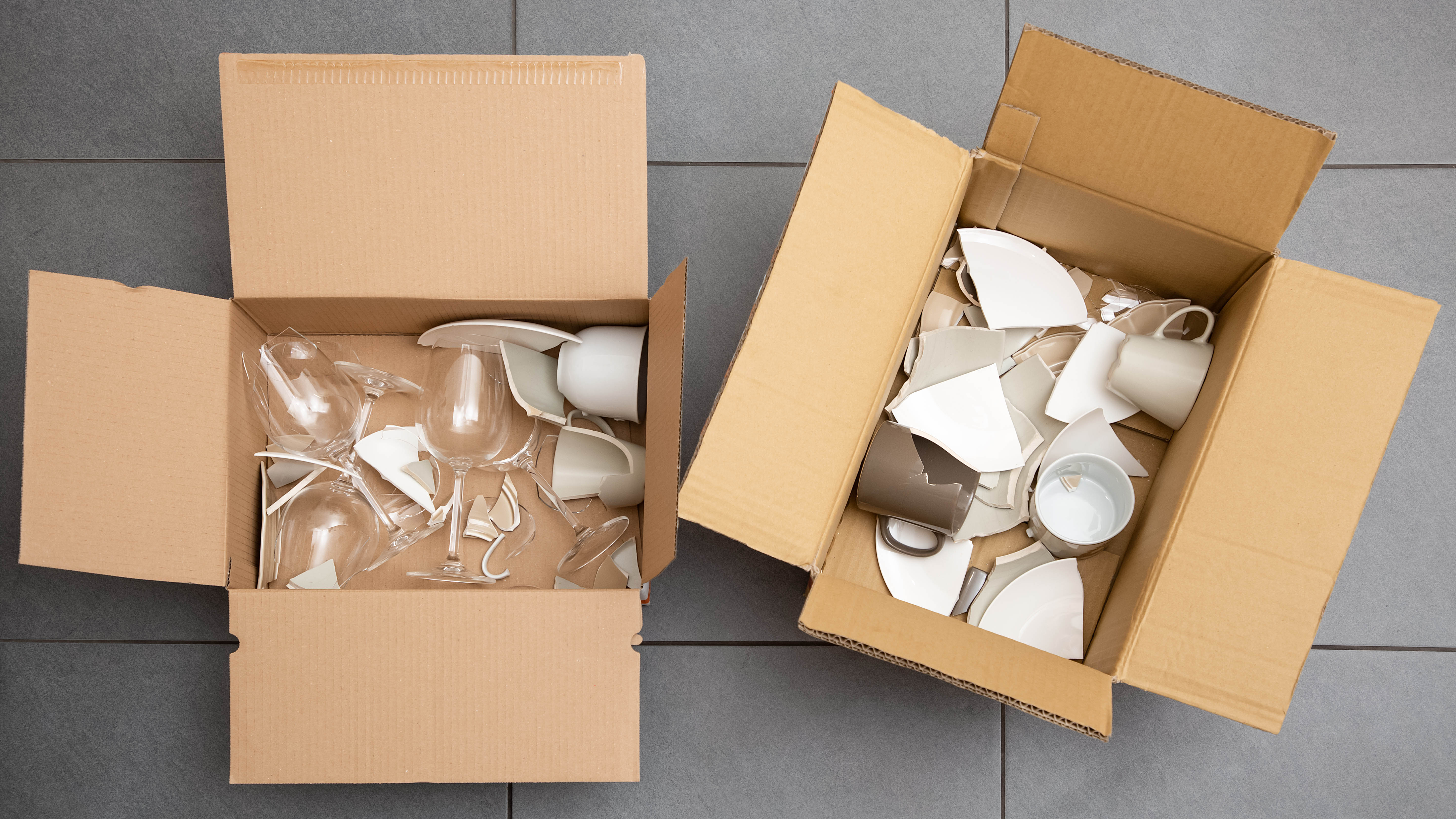
Those dolls from your grandparents made of ceramic are fragile enough to break when dropped or banged around recklessly. Considering how heavy the material can be, dropping anything ceramic by accident spells certain doom for the cherished heirloom.
When placing these fragile items in storage, it's important to make sure they have some form of padding paper on top and bottom, especially if they are being held with other heavy items. Bubble wrap is also a fantastic option to keep them safe. Chipping can happen easily without you noticing, so keeping them wrapped is a smart way to avoid that unfortunate outcome.
5. Christmas Ornaments
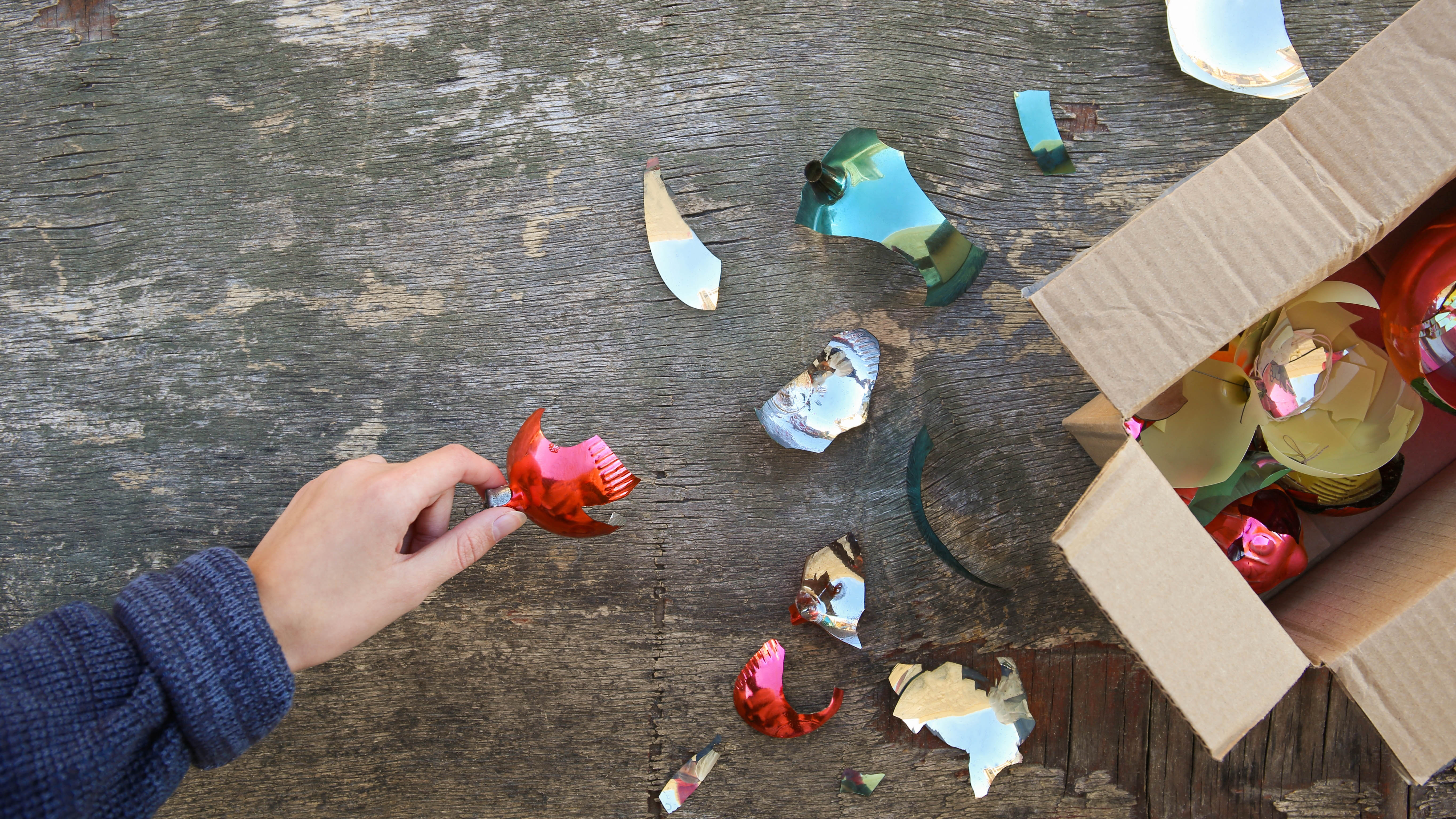
You only need to use Christmas ornaments for a few months out of the year, so placing them in storage out of sight just makes sense. There’s no worse feeling than wrapping your ornaments away and then coming back a year later to see them in ruin. But these tiny dancers, stars, or Santa Claus figures are incredibly fragile and can end up breaking while in storage.
When packing them away each year, make sure that you take your time and go slowly to avoid any chipping. You should also keep them in a separate container with lots of paper or fluffy padding to avoid any knocking.
Check out 7 smart tips for storing Christmas decorations.
6. Paintings
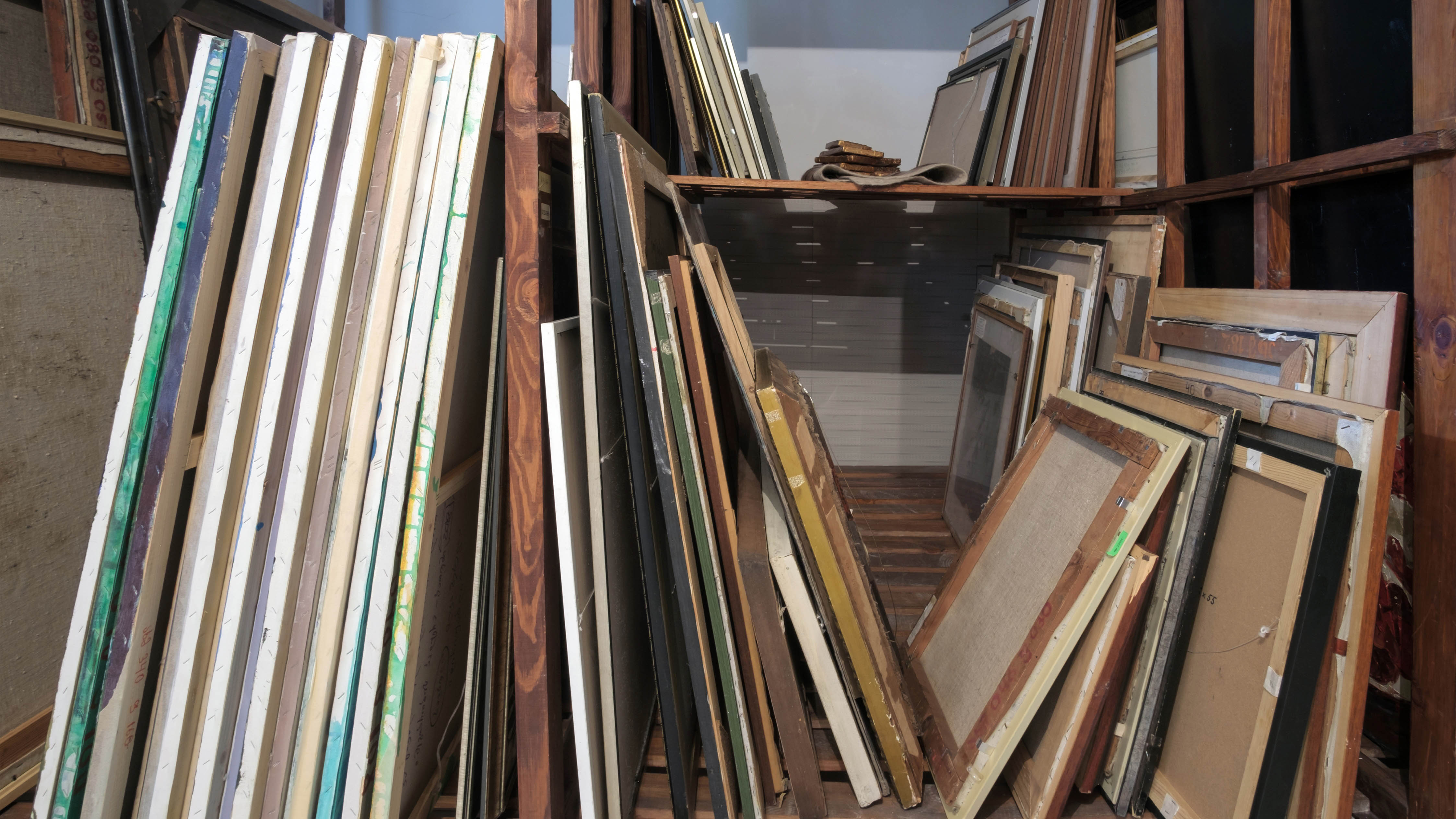
A good painting kept in a storage locker that’s properly temperature and weather-controlled shouldn’t have any issues. Unfortunately, we don’t always have control over the storage units or even your closet, and artwork is one of the easiest pieces to tear or wither away.
Make sure to wrap the painting in bubble wrap or some kind of protective layer before storing it. Larger paintings can require more room and succumb to more noticeable damage, so make sure they are wrapped extremely well. If you are keeping extremely valuable art, it might be better to splurge on a temperature-controlled storage unit or closet.
7. Jewelry
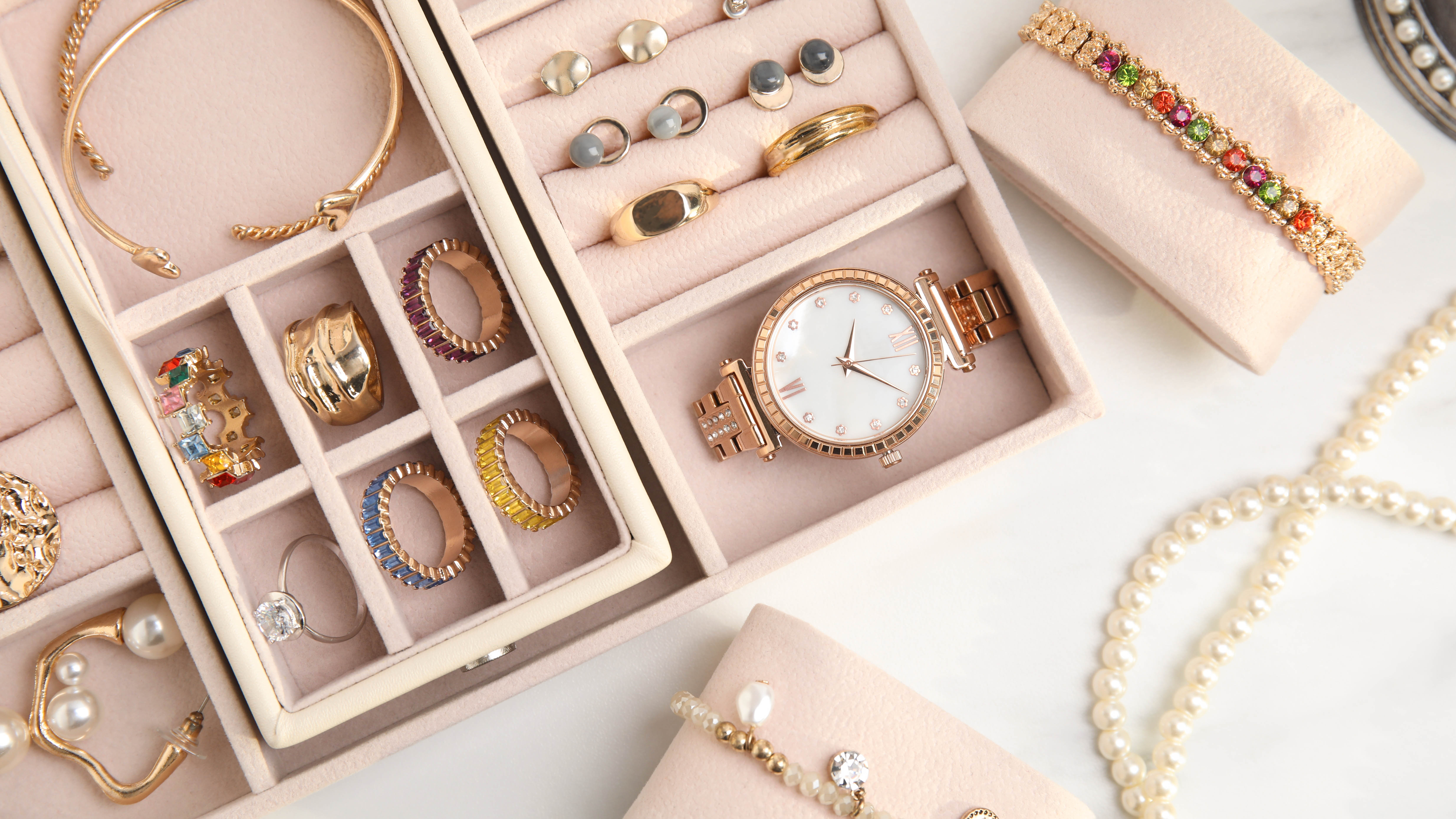
Old jewelry can sometimes just get thrown in a drawer and forgotten about, While out of sight, it can get banged around, damaged, or tarnished from the elements. Using a jewelry box with proper padding is a great way to avoid any damage, but that won’t protect it from tarnishing or getting worn.
Try separating jewelry by type of metal, making sure it stays clean and dry in your box. You want to keep diamonds on their own as they can easily scratch other pieces. To clean before storing, you can wash it with mild dish detergent and warm water. Even while in storage, some jewelry will just automatically tarnish. You can make sure your cherished heirlooms stay shiny and safe pretty easily.
If you want to make your jewelry shine, here's how to clean jewelry quickly and make it sparkle like new.
8. Furniture
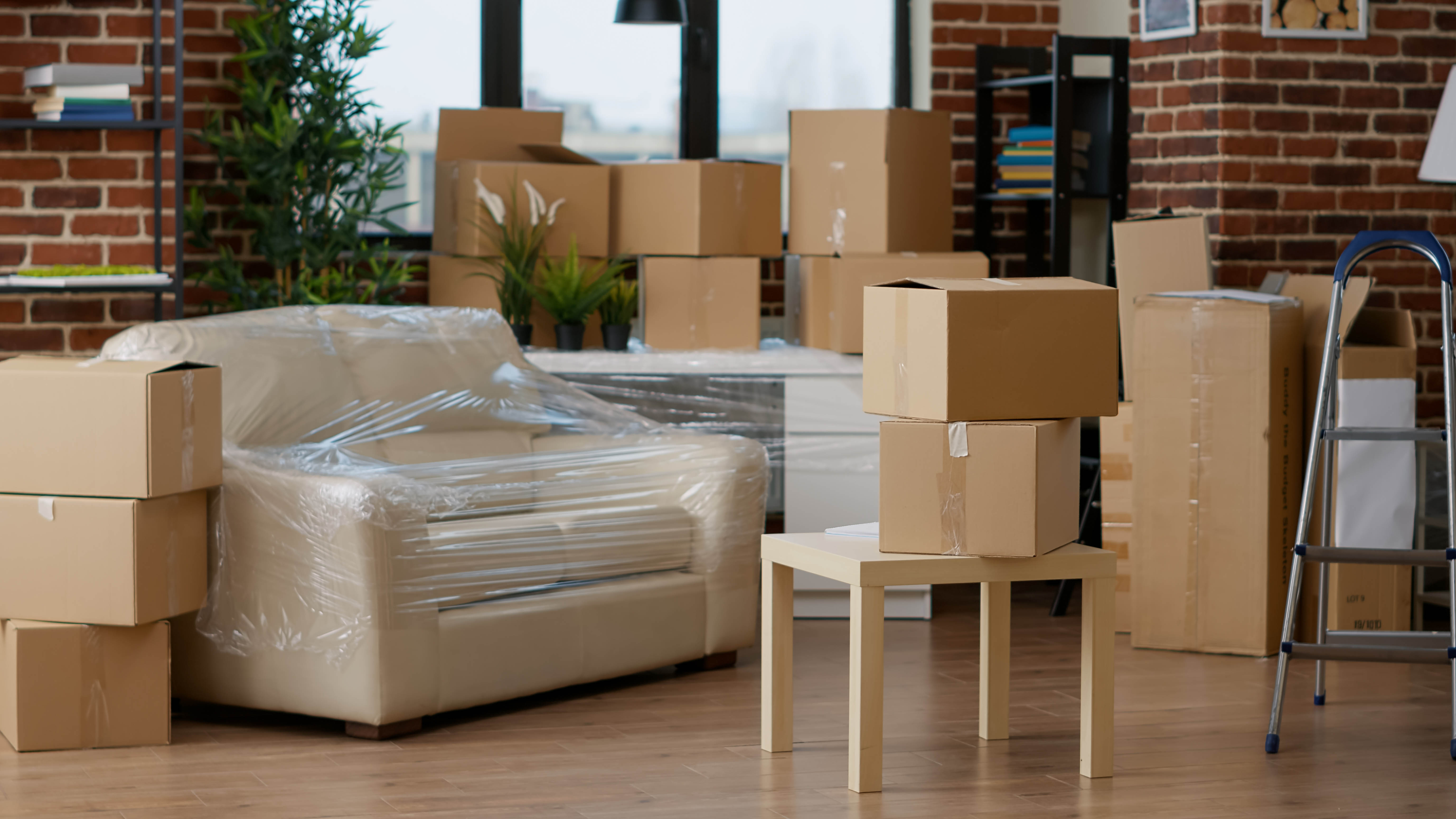
Large pieces of furniture can easily get damaged in transport and storage. Legs can get chipped, cushions can get cut, and stains can appear. When storing furniture, you want to make sure that it’s properly wrapped and safe from any outside damage or liquid.
Using a plastic covering is also a smart idea since it can prevent the chair, table, sofa, or desk from getting any scratches or cuts. Disassembling the piece is also a viable option if you don’t have the room, allowing you to save it from damage.
9. Clothing
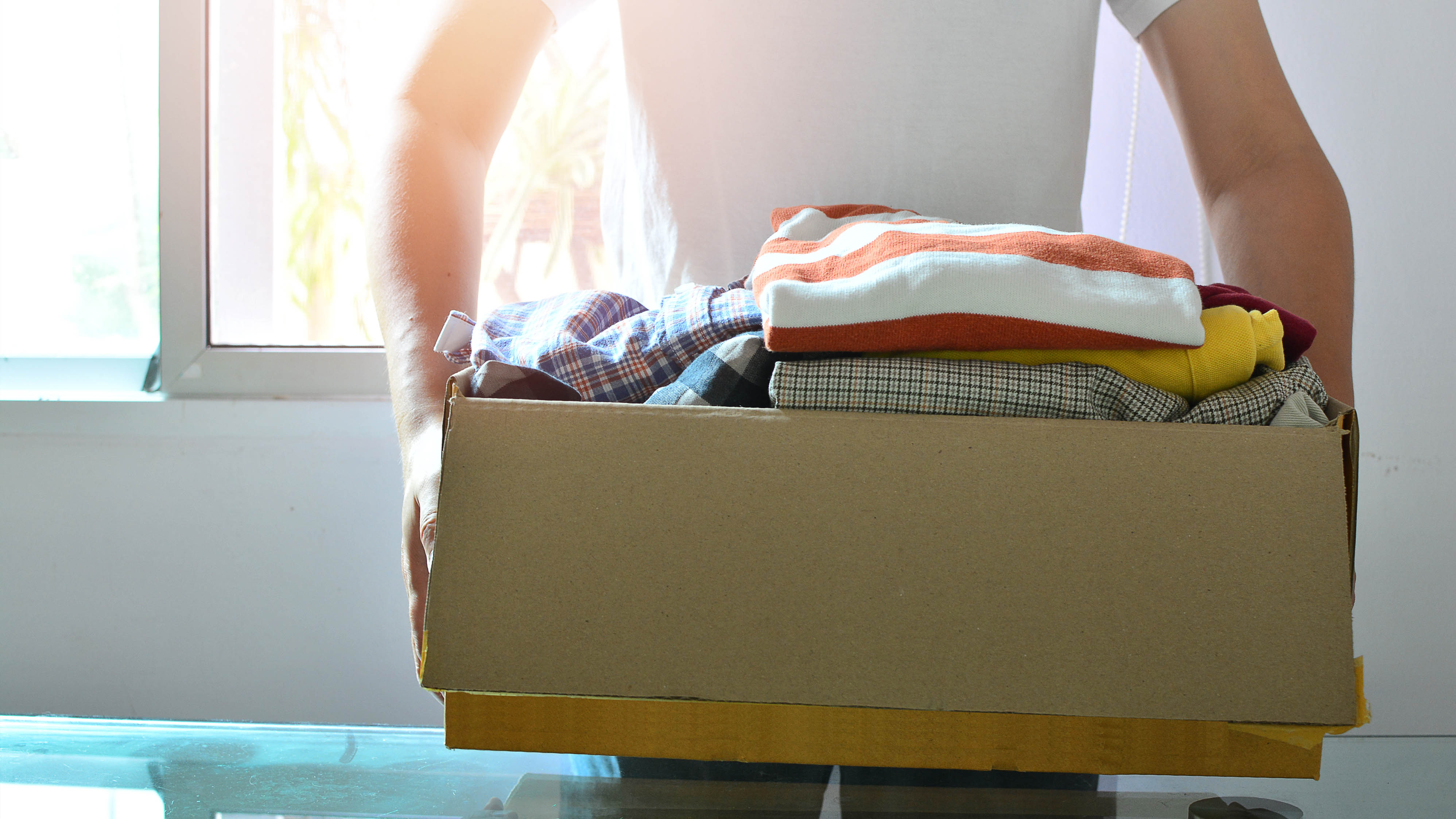
Whether we have excess clothing, or need to store donations to give to the thrift shops, be mindful when storing garments. Not knowing how to store your clothing properly could damage delicate (and expensive!) items such as your favorite cashmere or wool knitwear.
Ensure you invest in sturdy, durable plastic storage container bins with secure lids, and for delicate garments, it’s recommended to carefully fold and wrap them in acid-free tissue paper, before placing them into a storage bin. This will add an extra layer of protection to prevent items from hooking onto each other and snagging.
Not only will the right storage protect and keep them in good condition, but will also prevent moths from finding their way into your closet or drawers.
More from Tom's Guide
Steven Asarch is a writer and editor who lives on Twitch and YouTube. After graduating from Baruch College, he wrote for IBT Media, Newsweek and Insider. In 2021, he executive produced the docu-series "Onision in Real Life" on Discovery +. As someone always looking to have the best smelling apartment possible, he's made it his mission to find the best air purifiers out there. His home has since become an air purifier haven, having stored and tested ten models for over three months. You could say he now knows everything there is to know about air purifiers, and what separates the good from the best.

